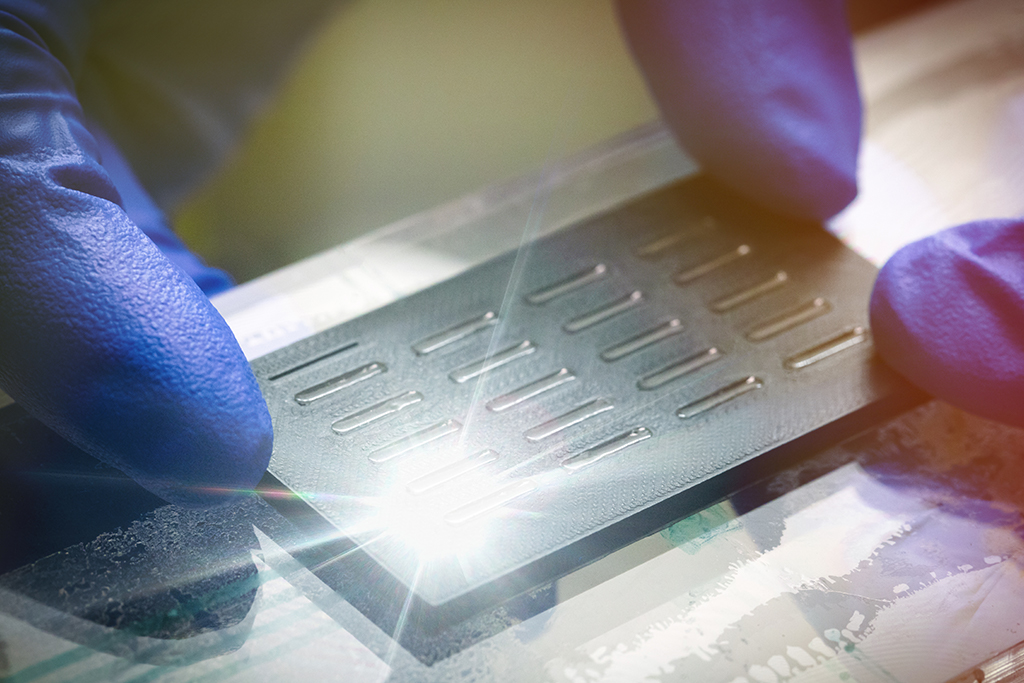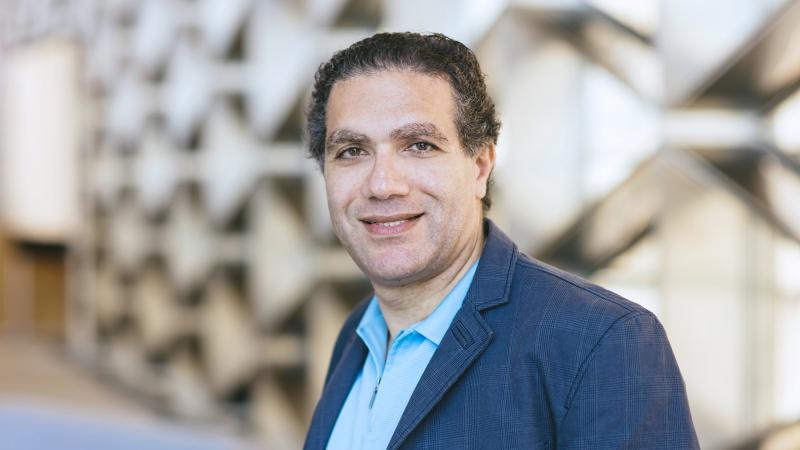A system that uses flexible, breathable magnetic skin allows people with severe quadriplegia to move around and choose their surroundings. Developed by KAUST researchers, the high-tech system relies on the user’s facial expressions to accomplish a wide variety of tasks, from moving down the street to using an elevator.
There are a wide variety of assistive technologies for people with quadriplegia, but most systems are not suitable for patients with severe quadriplegia as they often rely on head or neck movements to work. For these patients, the options are limited to camera, tongue control, voice-assistant and neural detector systems. But these either offer a limited range of gestures or are not compatible with outdoor applications. Some also require invasive attachments or continuous attention while using the system.

“Most existing technologies don’t give people a lot of freedom,” says Abdullah Almansouri, a Ph.D. student in KAUST. “We wanted to develop a solution that works inside the house as well as outdoors, allowing them to move around independently.”
The new integrated system includes magnetic skins, smart glasses, a smart wheelchair, and smart gadgets that rely on wireless Bluetooth and infrared communication.
Read the full article
